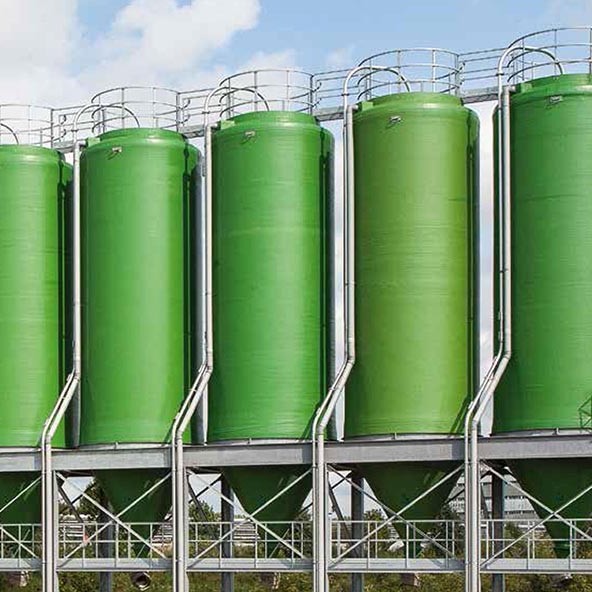
-
 Afrikaans
Afrikaans -
 Albanian
Albanian -
 Amharic
Amharic -
 Arabic
Arabic -
 Armenian
Armenian -
 Azerbaijani
Azerbaijani -
 Basque
Basque -
 Belarusian
Belarusian -
 Bengali
Bengali -
 Bosnian
Bosnian -
 Bulgarian
Bulgarian -
 Catalan
Catalan -
 Cebuano
Cebuano -
 China
China -
 China (Taiwan)
China (Taiwan) -
 Corsican
Corsican -
 Croatian
Croatian -
 Czech
Czech -
 Danish
Danish -
 Dutch
Dutch -
 English
English -
 Esperanto
Esperanto -
 Estonian
Estonian -
 Finnish
Finnish -
 French
French -
 Frisian
Frisian -
 Galician
Galician -
 Georgian
Georgian -
 German
German -
 Greek
Greek -
 Gujarati
Gujarati -
 Haitian Creole
Haitian Creole -
 hausa
hausa -
 hawaiian
hawaiian -
 Hebrew
Hebrew -
 Hindi
Hindi -
 Miao
Miao -
 Hungarian
Hungarian -
 Icelandic
Icelandic -
 igbo
igbo -
 Indonesian
Indonesian -
 irish
irish -
 Italian
Italian -
 Japanese
Japanese -
 Javanese
Javanese -
 Kannada
Kannada -
 kazakh
kazakh -
 Khmer
Khmer -
 Rwandese
Rwandese -
 Korean
Korean -
 Kurdish
Kurdish -
 Kyrgyz
Kyrgyz -
 Lao
Lao -
 Latin
Latin -
 Latvian
Latvian -
 Lithuanian
Lithuanian -
 Luxembourgish
Luxembourgish -
 Macedonian
Macedonian -
 Malgashi
Malgashi -
 Malay
Malay -
 Malayalam
Malayalam -
 Maltese
Maltese -
 Maori
Maori -
 Marathi
Marathi -
 Mongolian
Mongolian -
 Myanmar
Myanmar -
 Nepali
Nepali -
 Norwegian
Norwegian -
 Norwegian
Norwegian -
 Occitan
Occitan -
 Pashto
Pashto -
 Persian
Persian -
 Polish
Polish -
 Portuguese
Portuguese -
 Punjabi
Punjabi -
 Romanian
Romanian -
 Russian
Russian -
 Samoan
Samoan -
 Scottish Gaelic
Scottish Gaelic -
 Serbian
Serbian -
 Sesotho
Sesotho -
 Shona
Shona -
 Sindhi
Sindhi -
 Sinhala
Sinhala -
 Slovak
Slovak -
 Slovenian
Slovenian -
 Somali
Somali -
 Spanish
Spanish -
 Sundanese
Sundanese -
 Swahili
Swahili -
 Swedish
Swedish -
 Tagalog
Tagalog -
 Tajik
Tajik -
 Tamil
Tamil -
 Tatar
Tatar -
 Telugu
Telugu -
 Thai
Thai -
 Turkish
Turkish -
 Turkmen
Turkmen -
 Ukrainian
Ukrainian -
 Urdu
Urdu -
 Uighur
Uighur -
 Uzbek
Uzbek -
 Vietnamese
Vietnamese -
 Welsh
Welsh -
 Bantu
Bantu -
 Yiddish
Yiddish -
 Yoruba
Yoruba -
 Zulu
Zulu
Fiberglass Duct Solutions for Efficient Airflow and Insulation in HVAC Systems
Understanding Fiberglass Ducts Key Benefits and Applications
Fiberglass ducts have gained popularity in various industries due to their distinct advantages over traditional duct materials. Made from reinforced fiberglass, these ducts are designed to offer excellent thermal insulation, corrosion resistance, and lightweight properties. This article explores the benefits and applications of fiberglass ducts in an array of settings.
One of the primary benefits of fiberglass ducts is their thermal insulation capability. The insulation properties of fiberglass help maintain the desired temperature within the duct system, reducing energy loss and improving overall system efficiency. This is particularly vital in heating, ventilation, and air conditioning (HVAC) systems, where maintaining a consistent temperature is crucial for comfort and energy savings.
Another significant advantage of fiberglass ducts is their resistance to corrosion. Unlike metal ducts, which can rust or corrode in humid or chemically harsh environments, fiberglass is impervious to moisture and various chemicals. This feature makes fiberglass ducts an ideal choice for environments such as laboratories, food processing facilities, and coastal areas where saltwater exposure can be problematic.
fiberglass duct

Additionally, the lightweight nature of fiberglass ducts simplifies installation processes. They are easier to handle and require less structural support compared to metal counterparts. This can lead to lower labor costs and quicker installation times, making fiberglass an economical choice for large-scale projects.
Fiberglass ducts also contribute to improved indoor air quality. Their non-porous surface prevents the accumulation of contaminants, dust, and other allergens, promoting a healthier environment for building occupants. Moreover, fiberglass ducts can be manufactured to include sound-dampening properties that help reduce noise transmission, making them suitable for use in sensitive environments like hospitals, schools, and offices.
In terms of sustainability, fiberglass ducts are often made from recycled materials and can be recycled at the end of their lifecycle. This aligns with the growing demand for environmentally friendly construction practices and material choices.
In conclusion, fiberglass ducts present a myriad of advantages, making them suitable for various applications in HVAC systems, industrial processes, and specialized environments. With their thermal insulation, corrosion resistance, lightweight construction, and compatibility with sustainable practices, fiberglass ducts are a smart investment for any project aimed at efficiency and longevity. As industries continue to evolve, the use of fiberglass ducts will likely become even more prevalent, further highlighting their value in modern construction and maintenance.









